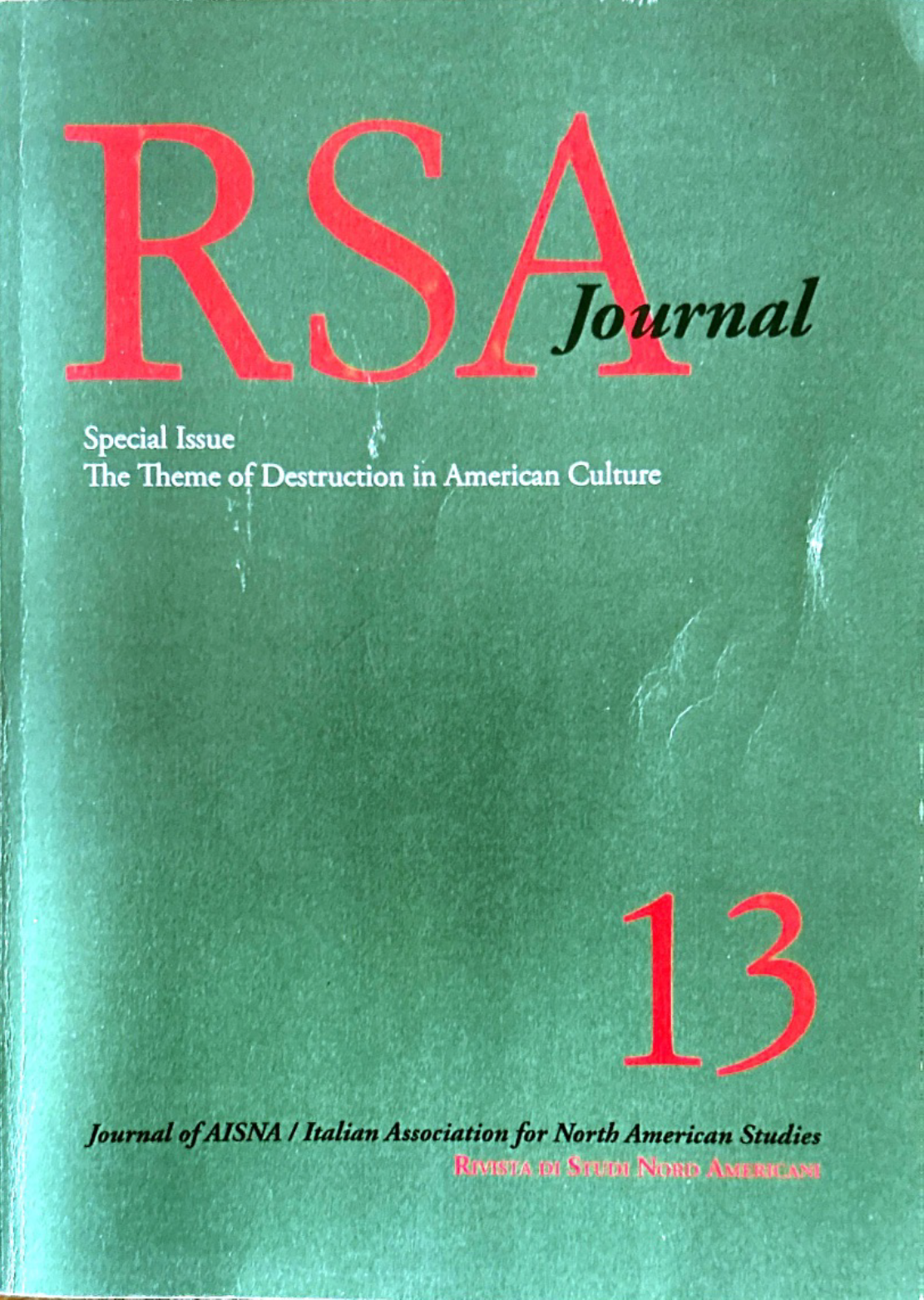Narration, Figuration and Disfiguration in Toni Morrison's “Beloved” and “Jazz”
DOI:
https://doi.org/10.13135/1592-4467/8839Parole chiave:
narration, figuration, disfiguration, American consciousnessAbstract
In poetic works, voice and face are the most frequent images of the body, and the modality of representing a face or a voice challenges consciousness, blending opacity and transparency. To lose one's voice or face, to become mute, aphasic or disfigured, are experienced as a loss ofself In moments of passage or metamorphosis, it can seem that the voice and the face change, that we speak with a different voice, say something never said: we are faced with a different self who is heard differently, seen differently. In order to go on, narration must create characters, that is 'assume a Figure'. After the semantic analysis of the meanings of 'figure' and 'figuration', the essay proceeds to concentrate on a particularly symbolic figure, which is also highly historicized and politicized: Beloved in the novel Beloved, and Wild, a re-apparition of the same figure, complete with new, but equally explosive significance, in Jazz. The moment in which Morrison (an expert not only ofwestern traditions of intertextuality but of African oral narratives structured around recall and repetition, as well as the pattern of call and response) took the figure of Beloved into Jazz, giving her not a real name but an appellative, a nickname Wild she did so both to re-trace the forgotten story, that can neither be forgotten by passing it on ('It was not a story to pass on'), and to create an historicized link between the two novels, in order to play with the idea of'Trace', to the point that 'Trace' becomes Joe's surname (Joe Trace) as if it were the title ofhis project to re-trace his origins, to find traces of his mother, traces of slavery (and of the cancellation of any traces of origins performed by the slave trade) the Africanist traces. Wild is the 'figuration' of the trace and the naming of itself. The essay tries to show how Morrison creates figurations which become imagin-afcltions capable of activating new paths and new processes in American consciousness and culture.
##submission.downloads##
Pubblicato
Fascicolo
Sezione
Licenza
RSAJournal applicherà una licenza CC BY 4.0 a tutti i suoi contributi a partire dal numero 37 (2026). Le pubblicazioni precedenti sono regolate dalla licenza CC BY-NC-ND.



